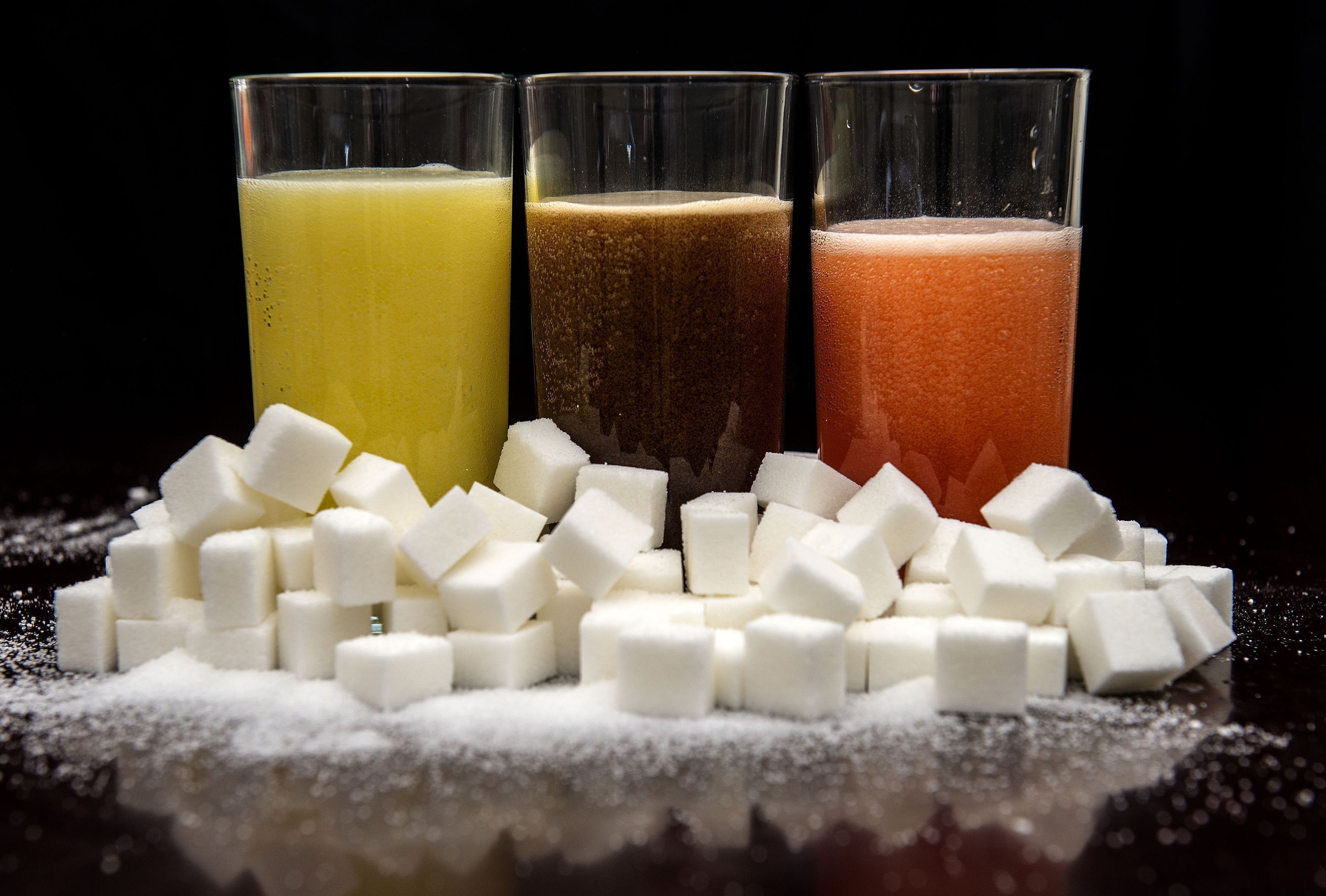
TEENAGERS are drinking the equivalent of almost a bath full of sugary drinks every year, according to “shocking” figures released by a charity.
Calculations from Cancer Research UK show that youngsters aged between 11 and 18 drink 234 cans of soft drink a year – or one bathtub full.
Even toddlers aged between one-and-a-half and three drink the equivalent of 1.34 cans of fizzy drink every week – around 69 a year, the analysis showed.
Meanwhile, those aged four to 10 drink 110 cans of fizzy drink per year on average – almost half a bathtub.
Overall, adults and young children consume twice the maximum recommended amount of added sugar on average, and 11 to 18 year olds eat and drink three times the recommended limit, with sugary drinks being their main source of added sugar.
Obese children are around five times more likely to grow into obese adults, and carrying too much weight increases the risk of cancer as well as other diseases, the charity warns.
Earlier this year, the UK Government announced it will introduce a sugar tax on soft drinks with added sugar. Cancer Research UK welcomes the levy but says the measure does not go far enough.
Professor Linda Bauld, the charity’s cancer prevention expert, based at the University of Stirling, said: “It’s shocking that teenagers are drinking the equivalent of a bathtub of sugary drinks a year.
“Scotland is already sucking up the high cost of obesity and, unless action is taken, society and our health services will drown under the heavy weight of this UK epidemic.
“We know that Scots have a bigger thirst for fizzy drinks with households spending over a quarter more than other UK nations on soft drinks.
“And the nation has one of the heaviest populations in Europe with two in three adults in Scotland overweight or obese.”
Restricting advertising of unhealthy food and drinks and action towards fewer supermarket multi-buy discounts are among a comprehensive range of measures the charity wants to see at the heart of Scottish Government plans to improve Scots’ diets.
Public Health Minister Aileen Campbell said: “We have announced our intention to set out and consult on the development of our new diet and obesity strategy in 2017, building on our wide range of activity to make it easier for people – including children and their families – to be more active, eat less, and eat better.
“Whilst we welcome the creation of a sugary drinks levy, it cannot in isolation address the levels of obesity in the country.
“The Scottish Government has consistently called on the UK Government to ban junk food advertising before the 9pm watershed and we are looking at what further effective actions we can take within the powers available to us, including the use of multi-buy promotions, as well as examining a range of actions to improve diet, physical activity and education.”
The data was compiled by the charity using figures from the 2015 National Diet and Nutrition Survey 2015.
READ MORE
Drinking two sugary soft drinks a day doubles diabetes risk, research shows
Irn Bru maker AG Barr to shift away from sugary drinks

Enjoy the convenience of having The Sunday Post delivered as a digital ePaper straight to your smartphone, tablet or computer.
Subscribe for only £5.49 a month and enjoy all the benefits of the printed paper as a digital replica.
Subscribe